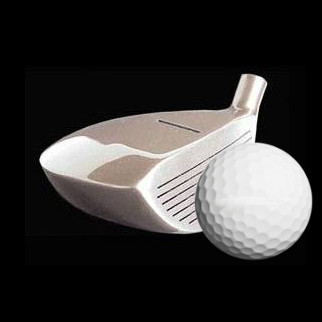
In the beginning, fairway 'woods' were actually made of wood. They had a different feel, and they certainly had a different sound upon impact.
However, that was then. Now, although we still use the term '' woods to describe these clubs, they are actually made from metals, and they are evolving into a cross between the characteristics of both 'woods' and irons.
Despite these changes, the role of the fairway wood is still the same. For most golfers this means being able to hit a 200+-yard shot, from the less than ideal lie you can get in the fairway. It can prove to be as valuable to scoring well as any club in the bag.
Perhaps more importantly is that fairway '' woods are easier to hit than 2, 3 or even 4 irons. Most golfers have much more confidence in a fairway wood than either their driver or a long iron.
So what do you need to look for when considering a new set of fairway woods?
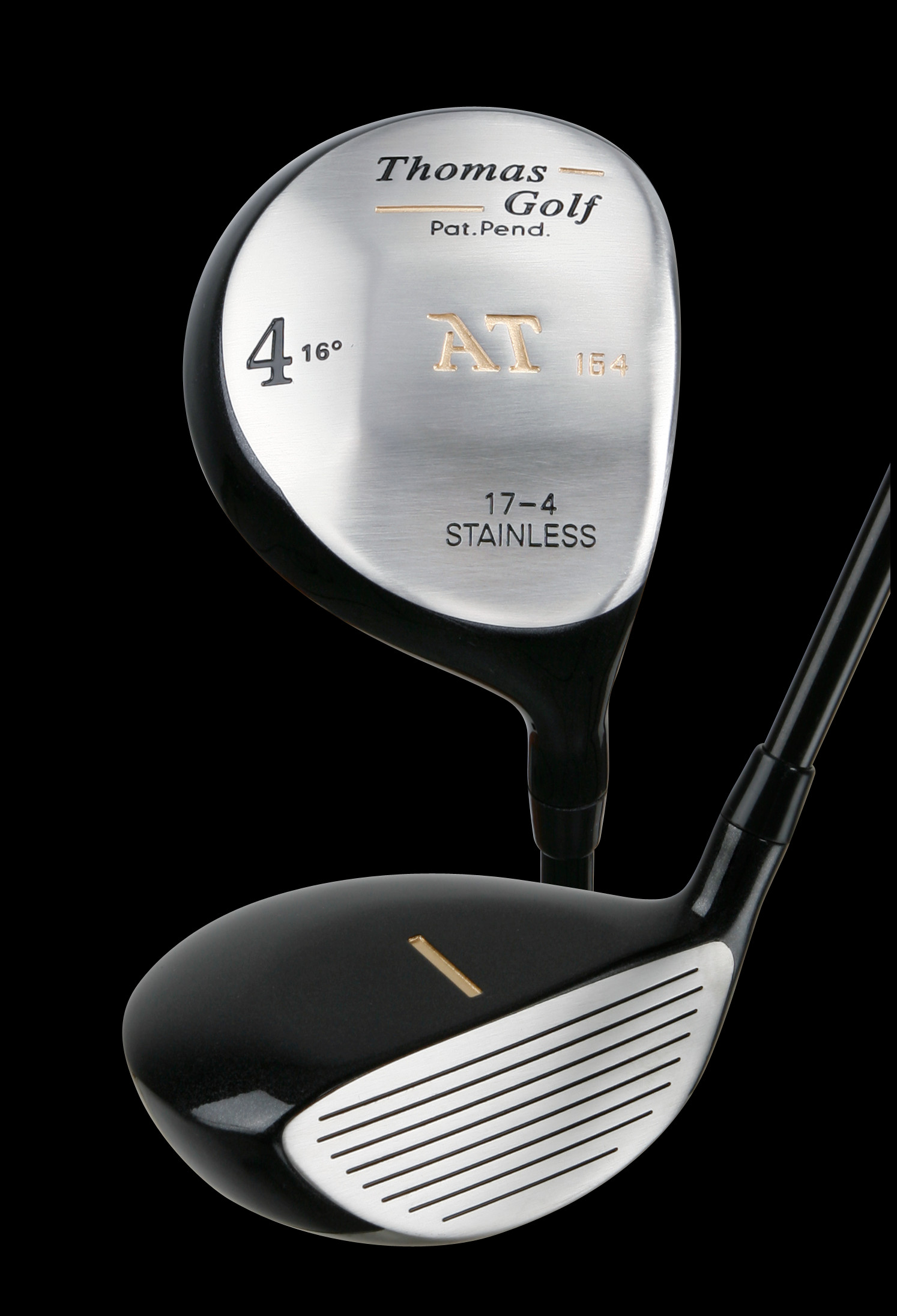
First of all, this choice now involves the thought of replacing a 2 and 3-iron, maybe even your 4-iron too. Why? New materials are providing new choices. More and more golfers are using these '' woods as reliable substitutes for the corresponding irons.
The technical and material's advances include:
Lighter, Stronger Metals
New-age steels and titanium has been used to provide new advantages in recent years. Because they are lighter and stronger, these materials allow the club designer to maintain the strength of the club head and place more weight on the sole, the toe, the heel and the back, for greater stability upon impact.
Lighter Stronger Lofts
The 'new' fairway woods provide added distance through a stronger loft made possible by a lower center of gravity.
Low Center of Gravity
An increased sweet spot is the result of being able to concentrate the weight in the sole and the outside of the club head.
Trouble Clubs
You might want to consider making one of your fairway 'woods' a 'trouble/hybrid' club. These usually have a rounded sole to help ensure solid contact from a less than perfect lie.
For more information on Thomas Golf Men"s Fairway Woods click here or Ladies Fairway Woods click here
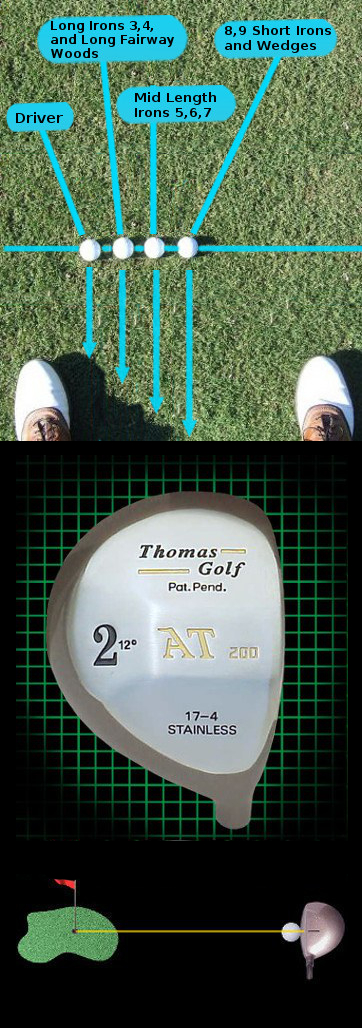
Choices and Opportunities with Fairway Woods
In general, the fairway woods are an overlooked category within your golf bag. Plenty of attention is paid to the driver, of course, and the putter gets its fair share of time as well. The irons are notable simply because they are used so frequently – they see action on basically every hole you play. So where does that leave the fairway woods? Often, they are left in the bag during practice sessions, and they only come out on the course when you have no other choice.
This is a shame. Fairway woods actually have a lot to offer your game, as long as you are willing to give them a chance. Once you learn how to use your fairway woods properly – and you learn how to spot opportunities to use them – you will find that they can help you post lower scores. Professional golfers use their fairway woods far more frequently than most amateurs, because they understand how helpful these clubs can be. By the end of this article, we hope that you will have a newfound respect and appreciation for clubs which have so much to offer your game.
There are two main topics which will be addressed in this article. The first is how you are going to organize your set to include the fairway woods which will offer you the most benefit on the course. Some golfers carry just one or two fairway woods, while others carry five or more. What kind of arrangement is going to be right for your game? We will provide the tips you need to make sure your set makeup is logical based on your skills and needs.
Also, we are going to talk about how to find opportunities to use your fairway woods during the average round of golf. This is information which should benefit just about every golfer. Club selection is an important skill, yet many players never manage to figure out how to pick the right club for the right shot. Golf is always going to be a hard game, but using the proper club for the shot in front of you will turn the challenge down a bit. There is no point in carrying fairway woods in your bag if you aren't going to use them when on the course. Armed with the information we will provide, you should be able to spot more and more chances to put these versatile clubs into action.
As is the case with any golf clubs you purchase, it is important to find fairway woods which fit your swing and provide you with a reliable ball flight. You don't necessarily have to buy the most expensive fairway woods on the market, but you do need to find clubs which feel good in your hands and suit your swing. If necessary, go through a club fitting session at your local pro shop in order to settle on fairway woods which can take your game in the right direction.
All of the content below is based on a right-handed golfer. If you happen to play left-handed, please take a moment to reverse the directions as necessary.
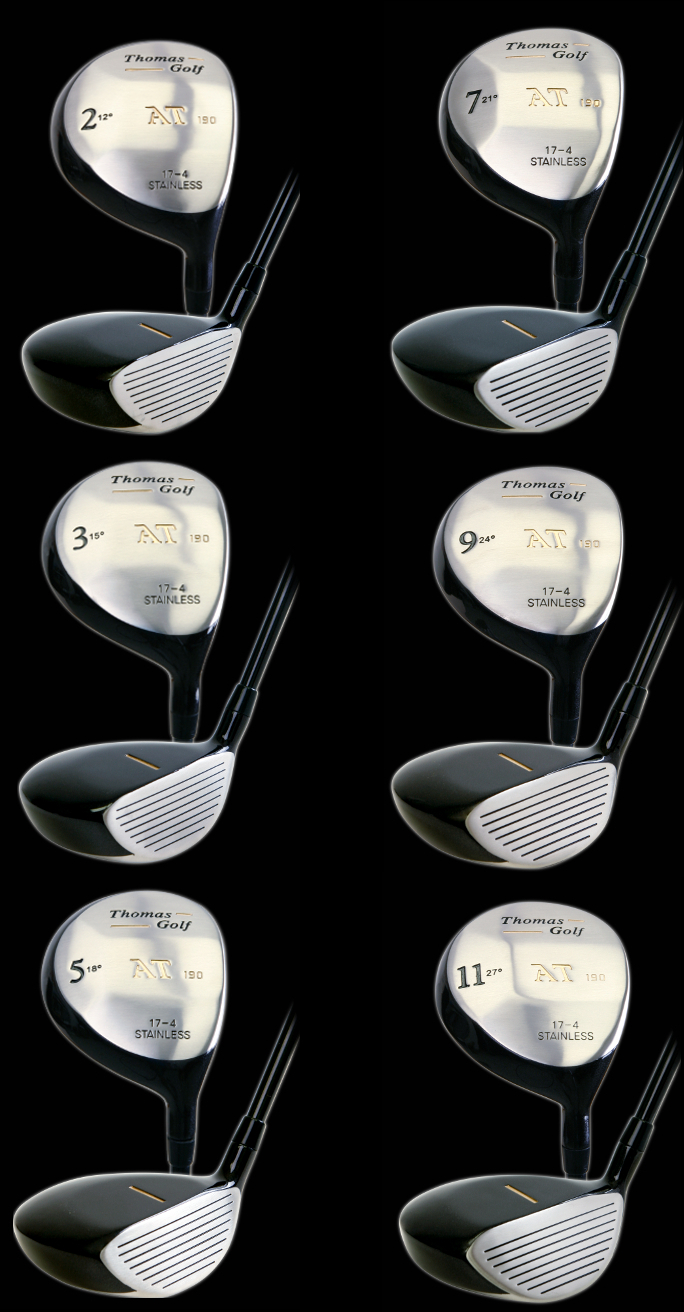
Building Your Set
The collection of fairway woods you carry in your bag needs to fit in with the rest of your set as a whole. You are only allowed to carry 14 clubs under the rules of golf, so you need to make each one of those slots count. If, for example, you carry two clubs which hit the ball the same distance, you will be wasting one of your allotted spaces. Ideally, you will be able to build a set which features relatively even distance gapping from one club to the next.
To get started on building this part of your set, it is pretty much a given that you are going to carry a three wood. You can use a three wood both off the tee and from the fairway, and it provides you with a reasonable alternative when you don't want to use your driver for one reason or another. Very few golfers succeed without carrying a three wood, so we will assume that you are going to use one for the sake of this article. Most likely, that three wood will be in the range of 15-or-so degrees.
From there, the number of other fairway woods you add to your collection is going to depend largely on how you feel about other options. Do you love to hit hybrid clubs? If so, you might not even add any more fairway woods to the bag. However, if you haven't really gotten on board with the hybrid trend, you will need at least a five wood to go along with the three wood. Should you struggle with your long irons as well, you could go with a seven wood and even a nine wood to give yourself options which are easy to hit. Remember, the only goal here is to build a set which is as effective as possible – there is no shame in carrying a large number of fairway woods if that is what it takes to lower your scores.
While it is not necessary for your fairway woods to match your driver in terms of model, it does make sense to at least have your fairway woods match each other. Once you learn how to hit your three wood, for instance, you will be more comfortable and consistent if your five wood (and other woods) matches the three wood. Since nearly every golf manufacturer offers a full complement of fairway wood options, you should have no trouble matching up clubs in this part of your bag. In addition to using the same model, also be sure to use the same shaft. The shaft is the engine of the club, and using a different one in your five wood as compared to your three wood is sure to cause trouble.
It is important to find a way to make a clean transition from your fairway woods into your iron set. You don't want to have a big distance gap at the transition point, as this will leave you vulnerable out on the course. For instance, if you can hit your shortest fairway wood 200 yards, but you can only hit your longest iron 175 yards, you will have a 25-yard hole in your set. Ideally, you would like that gap to be only 10 – 15 yards. Carefully plan out your lofts in order to avoid putting yourself in a tough situation from a club selection standpoint.
In the end, you need to be comfortable with the composition of your set if you are going to feel confident out on the course. Don't worry about golf 'convention' when assembling your group of 14 clubs. If you love to hit fairway woods and you want to include several of them in your set, go for it. You have just one job – to get the ball around the course in as few strokes as possible. Pick the clubs which are going to help you do just that, and don't worry about what anyone else might have to say about it.

Opportunities to Use Your Fairway Woods
Once you decide which fairway woods you are going to use in your set, the next thing to think about is when you are going to put these clubs into action on the course. Fortunately, you should be able to find plenty of chances to use your fairway woods during each and every round. As long as you keep an open mind, and you weigh all of your options before hitting any shot, you should see that your fairway woods can help your play tremendously.
The following list includes some of the common opportunities you will see for using your fairway woods.
- Off the tee. You can use a fairway wood off the tee of nearly any par four or par five hole you may encounter. While many golfers only think of using fairway woods when they are playing shorter holes, you don't have to place that limitation on yourself. The goal of any tee shot should be to put the ball in the short grass, so you should always consider fairway woods for control, even on long holes. For example, imagine you are playing a narrow 450-yard par four, and you are trying to decide what to do from the tee. Sure, you could use your driver, but you will likely sacrifice some control in the process. If you reach for a three wood, you will gain accuracy and you will have a better chance to hit the fairway. If you hit your three wood 230-yards, you will still have 220-yards to the green – but you will be playing from the fairway. The extra yardage offered by the driver may not be worth it if you wind up in the rough. Your driver will certainly be the right play on many occasions, but don't rule out fairway woods based on distance alone.
- Par five second shots. If you manage to place the ball in the fairway with your tee shot on a par five, there is a good chance that your next shot can be handled with a fairway wood. After all, the word 'fairway' is right there in the name – these clubs were designed to be hit directly off of the turf. It is worth noting that you don't have to be going for the green in order to use a fairway wood in this spot. Whether you are going for the green or laying up, the important point here is to make sure you have a suitable landing spot for the shot. Also, you want to make sure that you will be leaving yourself with a comfortable third shot. As long as the shot makes sense within the context of the hole, go ahead and use your fairway woods with confidence on par five second shots.
- Advancing the ball from the rough. It is inevitable that you are going to miss fairways from time to time. When your ball does stray from the short grass, you will need to do your best to get back in play as quickly as possible. Fortunately, your fairway woods can help in this pursuit. As long as the rough is not too deep, you should be able to use one of your fairway woods to punch the ball up toward the green. This is not a shot which will get up high into the air, but it can provide you with plenty of distance along the ground. If you don't think you can use an iron to fly the ball all the way up to the green, choose your fairway wood and punch the ball forward in order to set up a good opportunity for your next shot.
- Cheating the wind. Depending on where you play most of your golf, you may find that you have to deal with windy conditions on a regular basis. If that is the case, you should know that fairway woods can help you tremendously in the battle against the breeze. For instance, instead of trying to force an iron shot through the wind on a long par three, you could choose to hit a softer fairway wood. Most fairway wood shots are going to have less spin than similar iron shots, meaning they will do a better job of cutting through the wind. It will never be easy to play golf on a windy day, but opting for your fairway woods can certainly give you a fighting chance.
- Dealing with a bad lie. Golf is not a fair game, and sometimes you will find yourself punished with a bad lie for no reason at all. If you wind up drawing a bad lie in the fairway and you aren't sure if you will be able to get an iron cleanly on the back of the ball, consider opting for a fairway wood instead. The mass of the club head that you get with a fairway wood will help you drive the ball out of the poor lie, even if the best result is only a low shot which bounces and rolls toward the target. You can't expect much when playing from a poor lie, but using a fairway wood may be able to give you the best possible results.
As you can see, there are plenty of opportunities during the average round of golf to use a fairway wood. In fact, the list above is only a partial accounting of the many ways you can employ your lofted fairway metals. Consistently look for new ways to use these clubs and they just might become some of your favorite sticks in the entire bag.
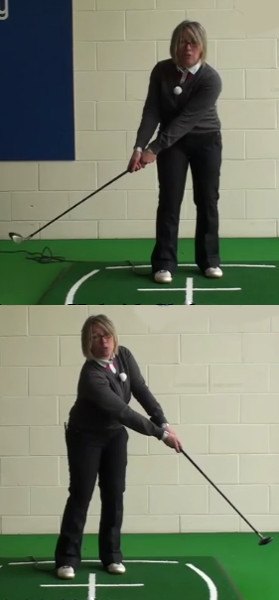
The Fairway Wood Short Game Shot
You don't have to be hundreds of yards away from the target in order to use a fairway wood effectively. Believe it or not, these long clubs can actually be quite effective from around the greens in the right situation. Specifically, if you find yourself in a spot where you need to bump the ball onto the green to allow it to roll out to the cup, a fairway wood could be the perfect choice.
There are a number of reasons why you should reach for a three wood or five wood for your next bump and run shot. Those reasons include the following –
- Safety first. It is highly unlikely that you will hit the ball fat when using this method. While many amateur golfers make a habit of chunking their chip shots, you should be able to avoid such a problem when playing a bump and run with your fairway wood. It is important to get the ball up and down as consistently as possible, and this shot will help you do just that.
- Use your putting stroke. If you aren't confident in your chipping technique, turning to this type of shot is a wise move because it allows you to use your putting stroke. Simply hold onto your fairway wood the same way you would hold onto the putter, and rock your shoulders back and through to strike the shot. With no hand action required, you should be able to pull off this shot even if you are under pressure.
- A little bit of carry. You can also use your putter to knock the ball toward the hole from off the edge of the green, but you will get almost no carry with such a method. By using a fairway wood, you can get the ball up in the air – just briefly – before it lands and rolls out. This is perfect if you have a scruffy bit of grass between you and the target. After spending some time practicing this shot, you should be able to get comfortable with the amount of carry, bounce, and roll that you will see when chipping with a fairway wood.
The hardest part of this simple shot is controlling your distance successfully. It is easy to hit the ball too hard when trying this shot, so you need to dial in your distance control in practice before going to the course. It takes only a small swing to provide the ball with plenty of forward momentum. Hit just a few of these shots during each short game practice session and your comfort level with this play will go up quickly.

Other Miscellaneous Points
Before we wrap up this discussion on fairway woods, there are a few other points which should be highlighted. Keep these tips in mind while using your fairway woods during upcoming rounds.
- Tee the ball low. The profile of your fairway woods is significantly lower than that of your driver. Therefore, when playing a fairway wood shot from the tee, you need to be sure to tee the ball up at a reasonable height. You don't want to feel like you have to lift up at impact in order to put the club on the back of the ball properly. Place the ball at a height where the middle of the ball is even with the top line of the club at address. Proper tee height will give you greatly improved confidence when hitting these shots.
- Don't swing too hard. If you are using your fairway wood to tee off on a par four or par five, don't swing extra hard because you are using something less than a driver. Once you pick your club, make a solid swing which stays within your limits comfortably. Swinging extra hard is only going to increase the likelihood of hitting the ball dramatically off line. If you feel like you have to swing harder in order to get the desired result, you are probably holding the wrong club to begin with.
- Stick with your standard ball flight. There is no need to use a different ball flight with your fairway woods as compared to the rest of your clubs. In fact, doing so would only make things more complicated. Do your best to produce the same shots with your three wood and five wood that you hit with your driver, irons, etc. Consistency is something that every golfer should strive to achieve, even though it can be hard to find.
Fairway woods can be considered the unsung heroes of the golf bag. While they are never going to get the same attention as some of your other clubs, they will always be highly useful in a variety of situations. By setting up your bag properly with a selection of fairway woods to bridge the gap between your driver and irons, you will be well-prepared to take on any course. Be sure to give these clubs the practice time they deserve so you don't wind up feeling uncomfortable or unsure with them during your rounds. With a little practice and some smart decision making, fairway woods can help lead you to your lowest scores to date. Good luck!






